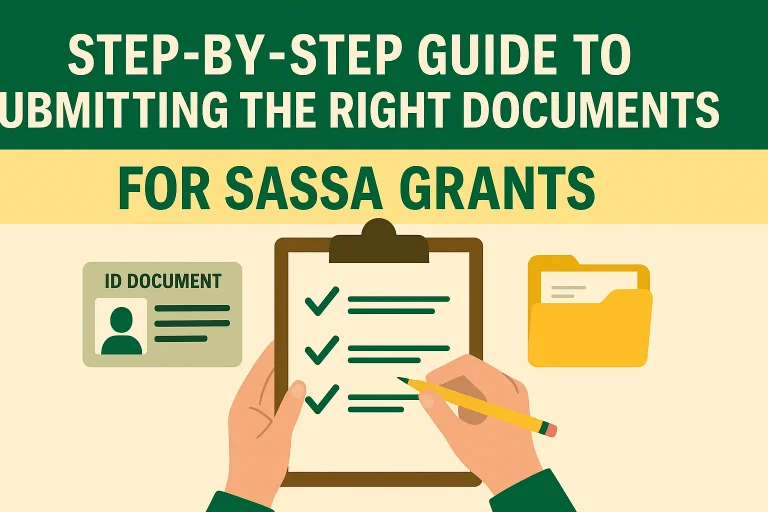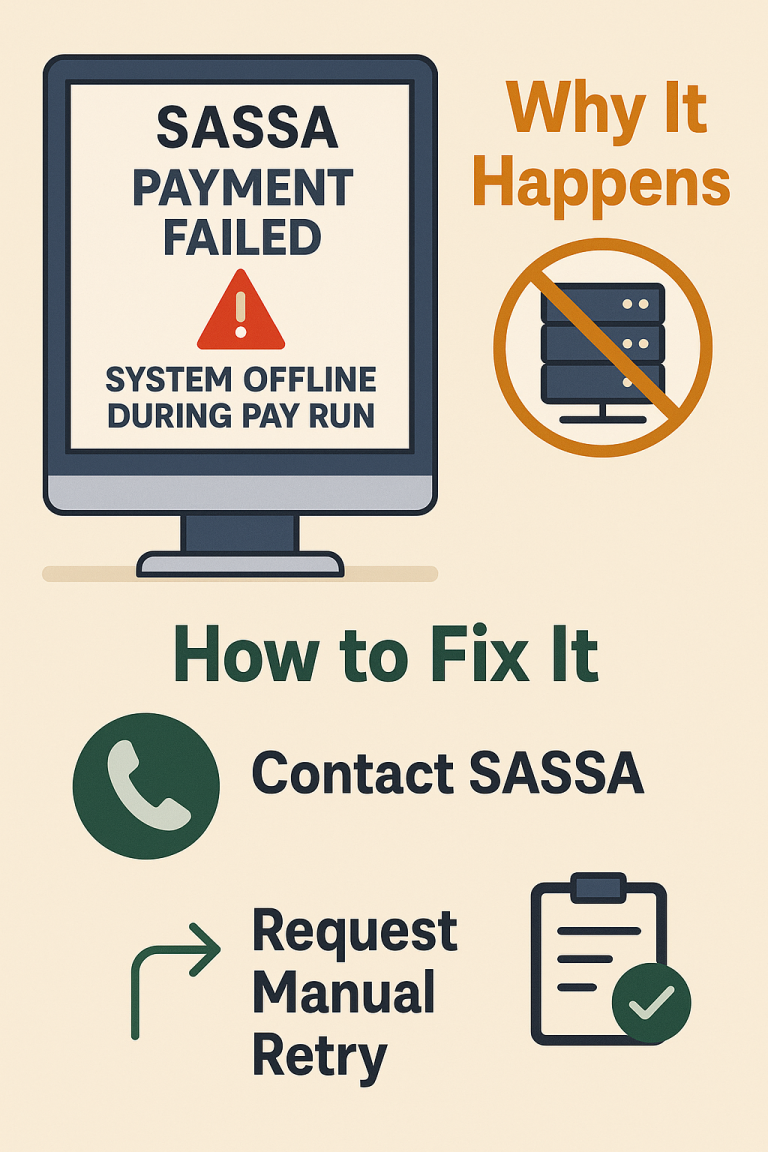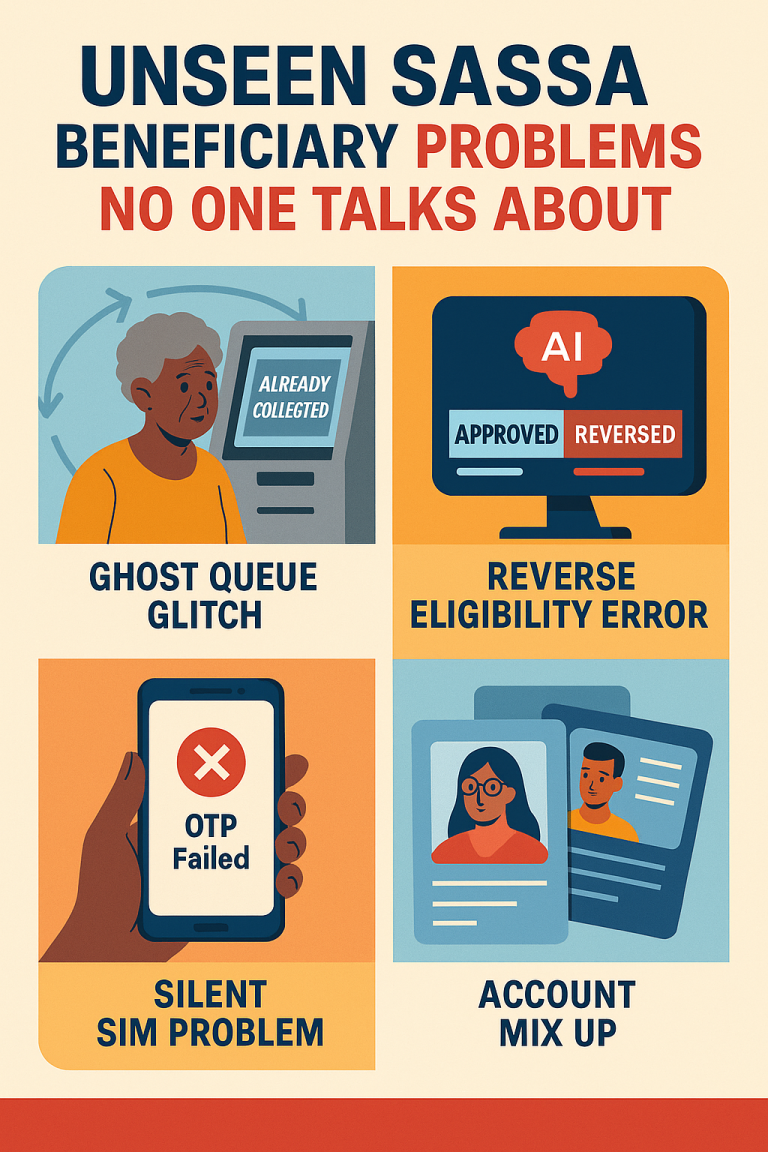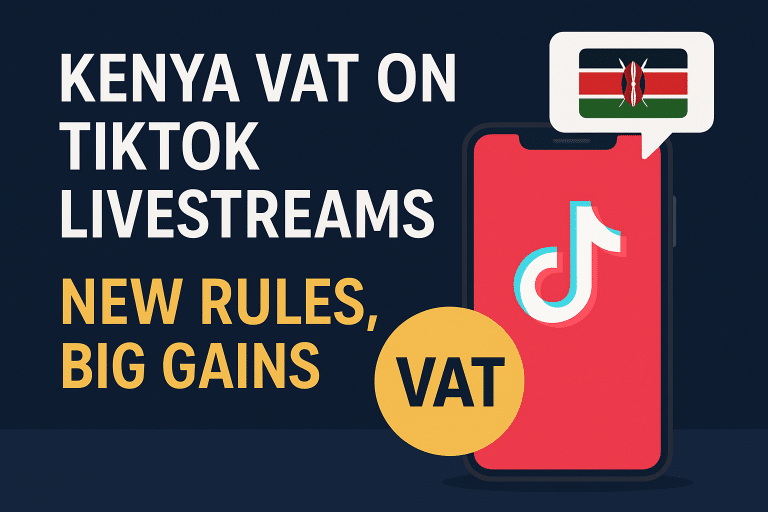SASSA in Talks With Retail Chains to Offer Direct Discounts for SASSA Beneficiaries
South Africa’s social grant system supports more than 18 million beneficiaries, yet many recipients say their money does not stretch far enough to cover basic food and household needs. Rising inflation, transport costs, and retail mark-ups reduce the value of every rand received.
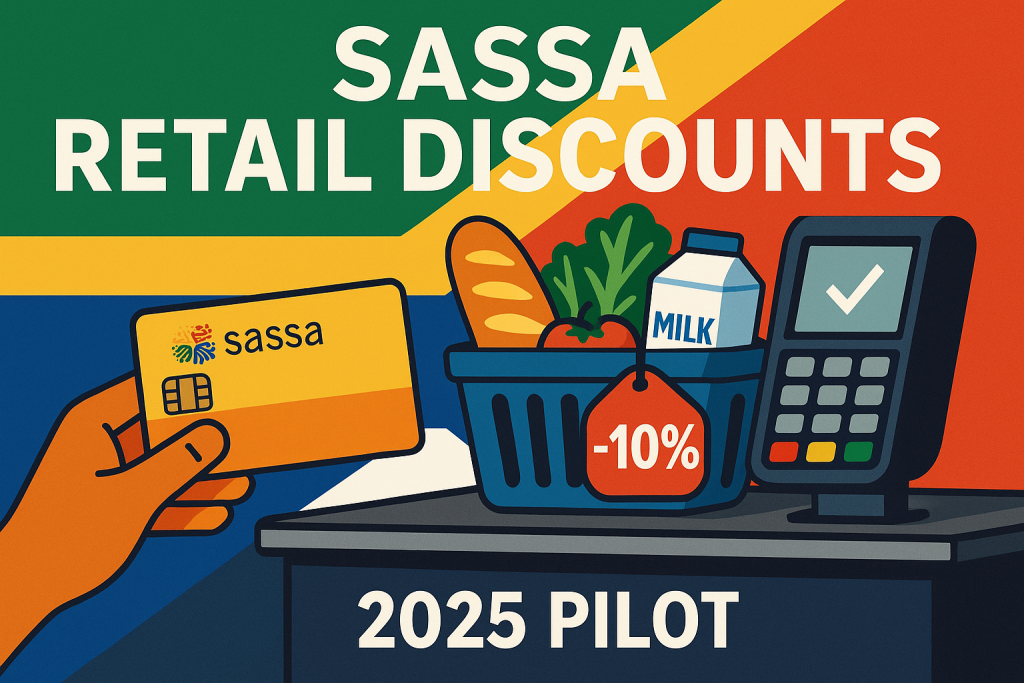
To tackle this, SASSA is negotiating with major retail chains including Shoprite, Pick n Pay, and Spar to launch a Direct Discount Program for grant beneficiaries. Instead of waiting for periodic grant increases, recipients would enjoy instant savings at the till, directly linked to their SASSA card or future Digital ID Wallet.
If implemented in 2025–2026, this would mark the first large-scale partnership between South Africa’s welfare system and the private retail sector.
Why Retail Discounts Could Matter
For beneficiaries, even a 5–10% discount on essentials could significantly improve food security. A child support recipient who spends R800 monthly on groceries could save R80–R100 each month enough to cover transport or school supplies.
For government, this approach provides relief without increasing fiscal strain. Instead of raising grants across the board, discounts ensure money goes further only when used for essentials like bread, maize meal, and cooking oil.
Retailers also benefit. Partnering with SASSA would bring guaranteed foot traffic, strengthen their community reputation, and potentially increase volumes of basic goods sold.
How the Program Would Work
The system would operate much like a loyalty card, except discounts would be automatically applied at checkout when a SASSA card or Digital ID Wallet is used.
- Discounts would cover core food items like bread, milk, maize, rice, beans, and cooking oil.
- The system would be digitally linked to SASSA, ensuring that only verified beneficiaries qualify.
- Beneficiaries would see the savings instantly reflected on their till slips.
This would eliminate the need for paper vouchers or coupons, which have historically been vulnerable to fraud.
Expected Benefits
- Stretching Grant Value
Discounts could improve purchasing power without requiring Treasury to allocate billions in extra grants. - Nutrition Impact
Targeted discounts on essential food items would directly improve diets, particularly for children and pensioners. - Economic Inclusion
The program would allow beneficiaries to feel integrated into mainstream retail rather than dependent on ad-hoc charity drives.
Challenges and Risks
- Retail Resistance: Large chains may resist cutting margins unless government provides incentives or tax breaks. Negotiations are expected to be tough.
- Targeting and Fairness: Defining which products qualify for discounts could be politically sensitive. Luxury goods would likely be excluded, but even basics vary regionally.
- System Integration: Linking retail checkout systems with SASSA databases is technically complex. Errors could lead to delays or exclusions.
- Fraud Potential: Safeguards must prevent beneficiaries reselling discounted items for profit.
Pilot Design
Early drafts suggest that a pilot could begin in 2025 in partnership with Shoprite, South Africa’s largest retailer. The pilot would run in selected urban and rural stores, focusing on:
- Basic food items basket discounts (5–10%).
- Monitoring spending patterns.
- Gathering feedback from beneficiaries on usability.
If successful, expansion to Pick n Pay, Spar, and Woolworths would follow in 2026.
Global Comparisons
- Brazil’s Bolsa Família uses discount-linked food programs to stretch welfare budgets.
- In the US, SNAP benefits are linked to food purchases in major supermarkets, though not via discounts.
- Kenya’s pilot programs have explored mobile-money discounts tied to welfare transfers.
South Africa would be innovating by combining direct discounts with digital grant systems, making it one of the first countries to bridge welfare and retail at this scale.
Guidance for Beneficiaries and Policymakers
For beneficiaries:
- Expect pilot announcements in 2025.
- Use SASSA cards or future Digital ID Wallets to access discounts.
- Track till slips carefully to confirm discounts are applied.
For policymakers:
- Negotiate with retailers to share costs fairly.
- Ensure transparency in product lists covered.
- Build strong IT systems linking SASSA databases with retail checkouts.
Conclusion
The proposed Retail Discount Program could be a breakthrough in South Africa’s fight against food insecurity. Instead of stretching Treasury’s budget through constant grant increases, the plan offers a market-based solution where beneficiaries gain more value at the checkout counter.
For poor households, these savings could make the difference between hunger and dignity. For retailers, it is a chance to demonstrate social responsibility while boosting sales. For government, it represents a cost-efficient, targeted approach to welfare reform.
If launched as planned in 2025–2026, South Africa’s SASSA-retail partnership could become a pioneering model for emerging economies worldwide.

